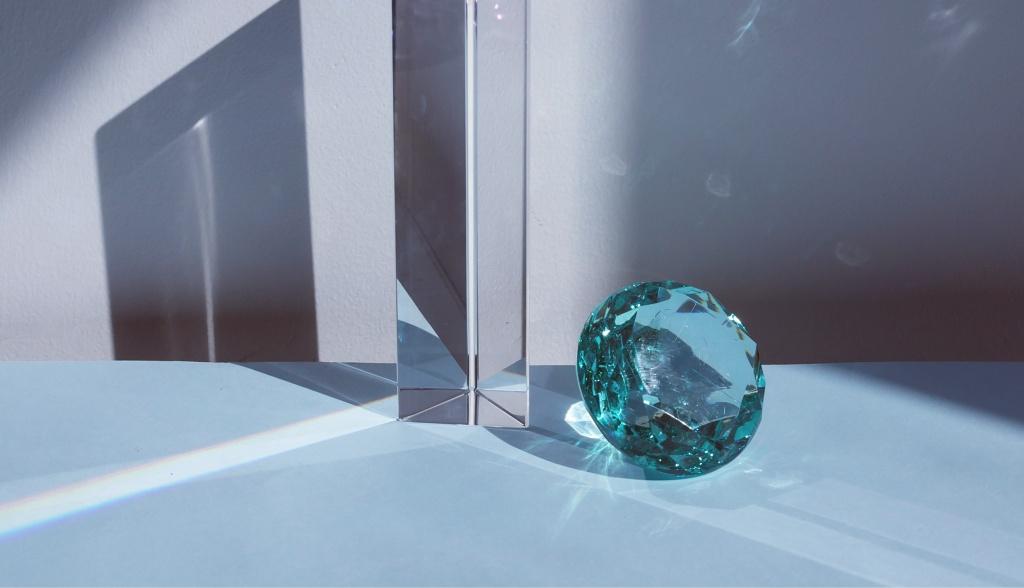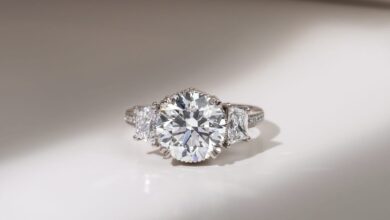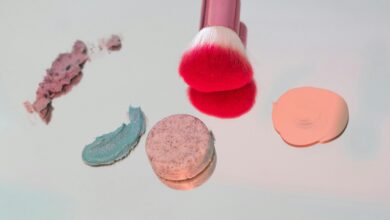Jewellery Basics: A Must-Read Guide for Beginners
If you don’t know much about the industry of jewellery engraving, many people will assume that the field is a bit esoteric, so they are afraid to venture into it. Once you have an understanding of basic jewellery, your concerns may be allayed. If you’re interested in this area, take a look at this article and you won’t be disappointed.

Multi-coloured gemstones
1. The difference between faceted and plain gemstones
Unprocessed, natural gemstones do not look different in appearance, but once they have gone through the process of cutting and faceting to become a finished product, there is a difference between faceted and plain gemstones.
A faceted gemstone is one that has been manually polished and consists of a number of small, geometrically shaped facets. It has a strong sense of three-dimensionality and can be categorised in terms of appearance as oval, heart, olive, emerald and so on. Almost all gemstones are suitable for faceting, but faceting is complex and time-consuming and requires the use of very specialised engraving tool.
A faceted gemstone is one that has been simply polished by hand to give it a curved, arched appearance, which can also be referred to as an ‘egg face’ or ‘faceted’ stone. Gemstones with special optical effects, such as star rubies and cat’s eye stones, are more suitable for the faceted process. The plain process is also the first choice for cutting and grinding jade such as Hetian Jade and Jadeite.
2. Pay attention to gemstones with large table size but small carat weight
I don’t know if you have ever wondered why some gemstones look big but have a low carat weight when you are buying gemstones. This is because the price of large gemstones will be higher, and some merchants will make the gemstones very flat in order to increase the selling price. Such gemstones are beautiful in appearance, but they have a disadvantage that the brightness and saturation will be significantly reduced.
3. Cutting method
The final price of the same gemstone can be very different if it is cut differently. There are two main reasons for this, one is that stones with complex cuts are more likely to have eye-catching brilliance, and the other is that complex cutting techniques require a higher cost of time. In other words, if the gemstone is originally of very good quality, but a poor cut is used, it will reduce its lustre. The importance of the way a gemstone is cut is evident.

Gold
1. Not all gold retains its value
When choosing a material for engraving. We need to know how valuable the material is. There is a common misconception – all gold retains its value, but this is not the case. A price of gold in the ability to retain value is greatly reduced. So-called one-price gold is gold that is sold at the same price, and gold that meets this pricing rule is sold not by the number of grams it has, but by the delicacy of its workmanship. While monovalent gold may look fine, you can buy more grams of pure gold for the same price. The root cause of the high price of gold is that the processing cost of gold is very expensive. As the saying goes, you can’t have both the fish and the bear’s paw, if you want to pursue the exquisite appearance of gold jewellery, you can’t necessarily pursue its value preservation effect too much. So if you are for the purpose of investment to buy gold, a price of gold is obviously not a good choice.
2. Can I use gold to set gemstones?
The texture of gold is relatively soft, if worn for a long time is very easy to deform. Because of this quality of gold, so it is not very suitable for setting gemstones. If you must use gold inlay, most of the gold shops are to choose the full gold, that is, pure gold content of more than 99% of the gold, and can only set red agate, celestial jade, dyed chrysoprase and other relatively inexpensive value of the gemstone.
3. What things should I pay attention to when buying gold earrings?
As mentioned above, the texture of gold is on the soft side, so some merchants will add some hard metal in the earrings’ ear pins to ensure the service life of the pure gold earrings and improve the customer’s satisfaction when making pure gold earrings. In the whole earring, the ear pin only accounts for nine per cent. Because the proportion is very low, so there will be some merchants attempt to muddle through, but conscientious merchants will still be detailed in the product specification marked out. When we buy, we still need to carefully identify, so as not to be deceived. Another point to note is that some merchants will use earplugs instead of ear pins, and then sold at the price of pure gold.

Jade
1. Beaded Jade
The most popular form of jade jewellery today is beaded jade. The beads of beaded Jadeite are smaller in size and lighter in colour. In order to make its colour more vibrant and increase its ornamental value, the string of beads is dyed with coloured gemstones.
2. Avoirdupois Carving
As the name suggests, grain-avoidance carving is to carve cleverly designed patterns on the flawed parts of jade, which can not only cover up the cracks of jade, but also greatly enhance the ornamental value of jade. However, very few carvers will bother to carefully design a pattern that matches the cracks in the jade, and they will only carve a very exaggerated and abrupt pattern to avoid the cracks.



